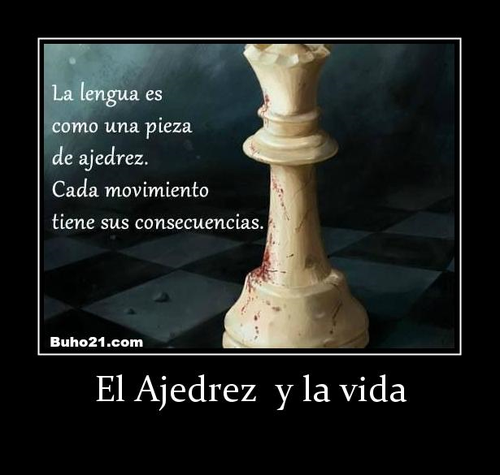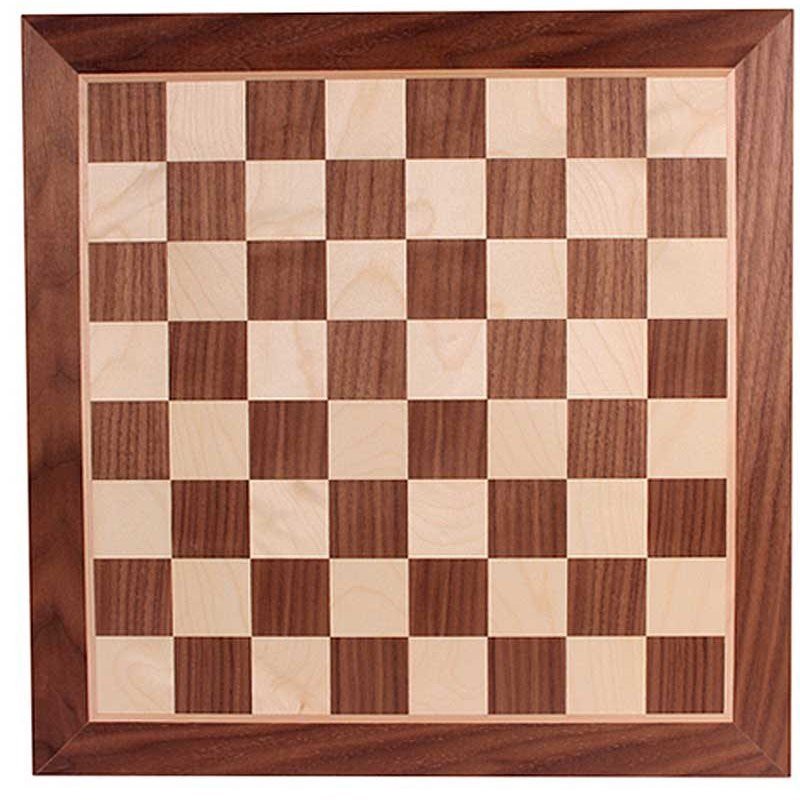Chess: its history and initial positions

Greetings to the community,
In this publication, I want to talk to you about Chess. This is a sport that has been called "Game Science" and is due to the fact that it is a sport in which phases must be fulfilled, practically scientific and with such depth, that the very geometry of the playing field is extremely complex . In that sense, when playing chess professionally, you must know concepts and history about the various games that can be played or have been played before. In addition, it must be said that in this sport, you must study a lot, I would dare say more than some university careers.
Without a doubt, it is one of the most complex sports that exist in the world and I do not mean complex, to the fact of being complicated; but rather, to the degree of alternatives and options that can be calculated within a chess game. It is extremely unpredictable what can be presented during a game of chess. Even the greatest players in the world have had to lose games for beginners' mistakes, which later, through an analysis, determine that it was a decision or an erroneous move that leads to a setback.
It is a game in which constant analysis is the premise. This is because we have to constantly review each play, not just our own play, but that of our opponent to prepare and make plans in the short, medium or long term during the game. Moreover, the only analysis of a game can lead to thousands of variants and therefore, many analyzes must be done to make the best decision based on what we intend during the game.
THE HISTORY
It is said that this game has gone around the world a lot, since there are several geographical zones in which samples have been found to have been present. However, the most accepted archaeological sources, consider that its origin was framed in the northwest region of India with quite high representations, in the area of present-day Egypt. Of course, this is how it spread throughout the world and now it has evolved to such a point that it is played between 2 people.
Since it has been determined, that its original name was Shatranj (Persian) which means Chaturanga, referring to a war game in which 4 players participated leading 4 armies on a board, using a die to exercise their turns and inside of the pieces, were Horses, Giraffes, Elephants among others and as you will see later, today many of those pieces disappeared.
THE LEGEND
In addition to scientifically proven history, there is a beautiful legend in which he points out that chess was born by the creativity of a subject named Sissa, who to please his king who had sent his son to war and unfortunately lost it, He played the game and taught him to play the king. Thanks to the game, it is said that the king regained confidence, the kingdom re-emerged and also learned new strategies in the art of war. Motivated to this, the king offers the subject whatever he wants to reward him, Sissa asked for grains of wheat for each square of the board as follows: 1st box = 1 grain, 2nd = 2 grains, 3rd = 4, and so doubling up to square 64 Of course, the king with a mocking tone accepted and ordered to calculate the wheat grains he had to deliver, to the king's surprise, the mathematicians told him it was impossible because it would take about 1000 years to produce such a quantity. From that moment, the king appointed Sissa as minister and spent the rest of his life playing chess.
THE GAME BOARD
The game board is the place where the game is actually carried out and the pieces that must have a specific order before starting the game are placed on it. This board consists of 64 squares (32 white and 32 black), arranged in 8 columns by 8 rows and the one that each player has 16 pieces each, that is to say; 1 player with 16 black pieces and another player with 16 white pieces.
These pieces have exclusive movements that must be known to carry out the game. The turns are defined in relation to the rules, in which the person wearing white pieces must make the first movement of the game, and so they take turns after each movement: 1 white moves and 1 black play and so on.
It is necessary to point out that currently there are boards of different colors, taking into account the studies on the effect on the eyes of the players. That is, since its inception the board was black and white squares, but in view of the confusion or feelings to see the black pieces between black or white squares, it was decided to use boards with lighter colors, thus changing the original board and allowing a better relationship between the player and the game board, in as for the negative effects on sight.
Of course, it can also be said that there are different materials, wood, plastic, cardboard, fabrics among others. Also, letters have been added to differentiate the columns and numbers to differentiate the rows. This of the numbers and letters, really is a question to use in the writings during the games, especially for its later analysis. In that sense, there will be each column with a letter from "a" to "h" and in the 8 rows, numbers from "1" to "8".
Regarding the initial position of the board, it should be noted that before placing any piece, we must take into account the position of the column that is located on our right hand side. This is because the box that should be on our right must be white. So when placing the board, we should note that our column located on our right hand side should start with a white square. In the same way, the player contrary to us, must bear in mind the above. Once the position of the board is correct, we will proceed to place the pieces.

THE PIECES
The pieces in the Chess, are in total 32 divided as it was previously said, in 16 white pieces for a player and 16 black pieces for another player. Each of them has its name and have a specific number of pieces for each side before starting the game as follows:
Pawns (8 per side)
Torres (2 per side)
Horses (2 per side)
Bishop (2 per side)
Queen (1 per side
Kings (1 per side)
For the initial position of each piece the first thing is that: We place in the 1st row on our side, after reviewing the raised of the right color box white, all the large pieces , that is, all but the pawns. The easiest order is like this:
* At each corner we put 1 Tower.
* Next to each Tower, we place 1 Horse.
* Going forward with the order, next to each Horse, we will place 1 Bishop.
* Once having these pieces, we must place the King and the Lady, for it we will take into account a small golden rule: "The Lady goes in the box of the color of the pieces that we are accommodating", that is, as we only have 2 squares, we will place the Lady in the box of the same color to the pieces that we have in hand, if we are arranging the pieces of color White the Lady goes in the white square and if the pieces are black, then the lady goes in the black square. Of course, the King goes in the box that is left over.
* Finally, we will place the Pawns in each box of the second row. Here is a small image about it:

THE GAME
First, I must say that each piece has specific movements and which give the opportunity to start the game until I can finish it. Unlike other games, in which the one who makes more annotations wins or who has more pieces, in chess it is won by "Checkmate" the opposing king. So it's no use having a large number of pieces, if they checkmate the king, you've lost the game and usually; who wins the game in a tournament gets 1 point, if he loses 0 point and if there is equality you get 0.5 point.
BASIC REGULATIONS
As in any game, you must follow some rules to determine whether the winner or loser and of course, the forms that should be played. In that sense, I must point out that the Rules of Chess come from the International Chess Federation (FIDE) and which are for all types of tournaments or games, whether professional or between friends. At present, there are different modalities, in which some small modifications of certain rules are placed, but that is done only for some specific game styles.
Everything described above, are part of the FIDE rules, that is, for all and in any part of the world, the placement and movements or number of pieces are basic as indicated in this post. Now, I'm going to leave some more rules to consider during a game:
1.- The initial play is made by the player with White pieces.
2.- After playing a piece, it is that piece that must be played; except that piece can not move.
3 .- To play a piece you want to fix, you must say with a strong voice the word: "Fix" or "Accommodate" .
4 .- Before the start of a game, especially at the level professional, you should give your hand to the contrary, as a gesture of courtesy. In the event that this does not happen, the Player could be sanctioned and even lose that game.
5.- For some type of claim, you must call the Referee or Judge that usually, they are crossing during the development of a Tournament.
6.- The use of technological devices, whether computers, telephones or any other that may interfere with the development of the game, is prohibited and the penalty is the loss of the game.
"The art of chess, allows us to raise our being to the maximum potential " TOM ROPAVEJERO
The references taken for this publication are from different sources, especially the books: José Raúl Ajedrecista, Preajedrez and Arbitraje for Teachers; all of the White Uvencio.
The images used by me are of several pages. Respect to each author. I do not intend to plagiarize. Others with support of the PowerPoint program.
This content was made by me also for another platform ...
Comments